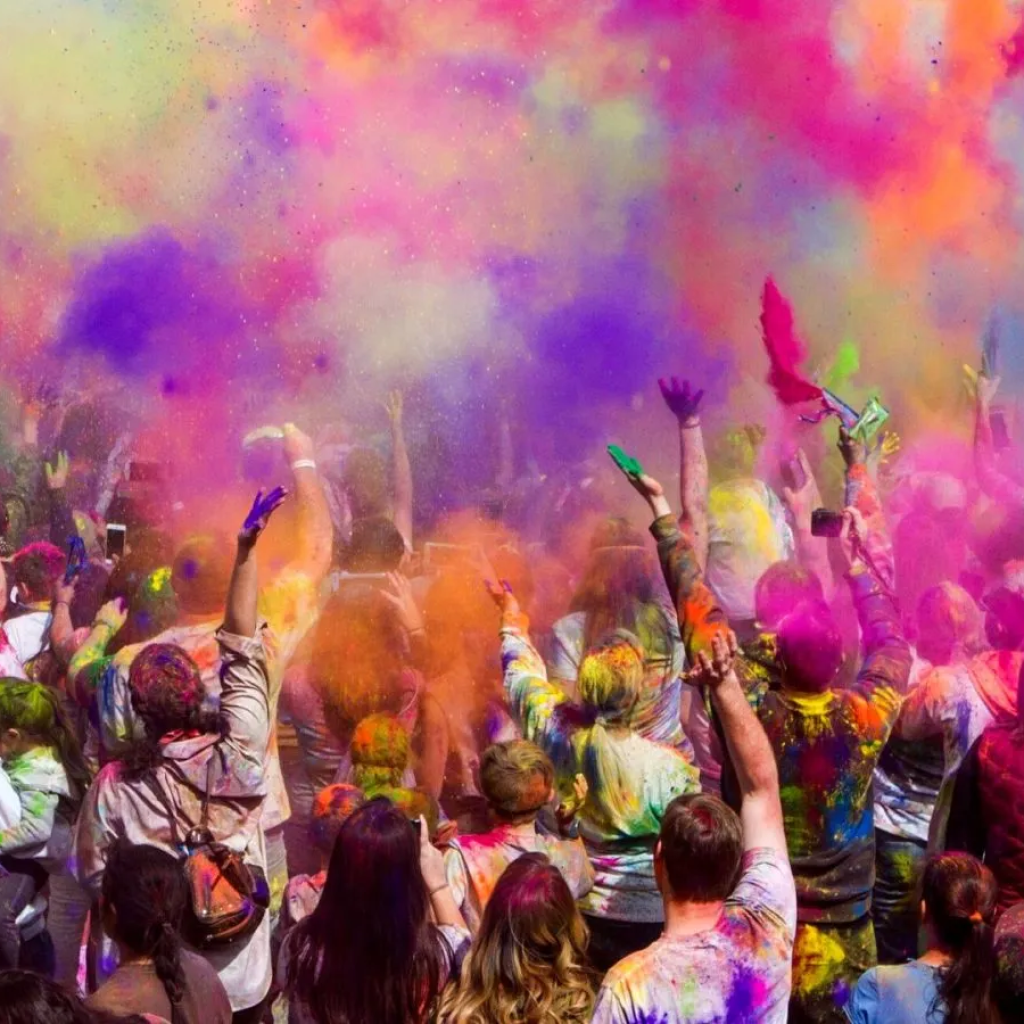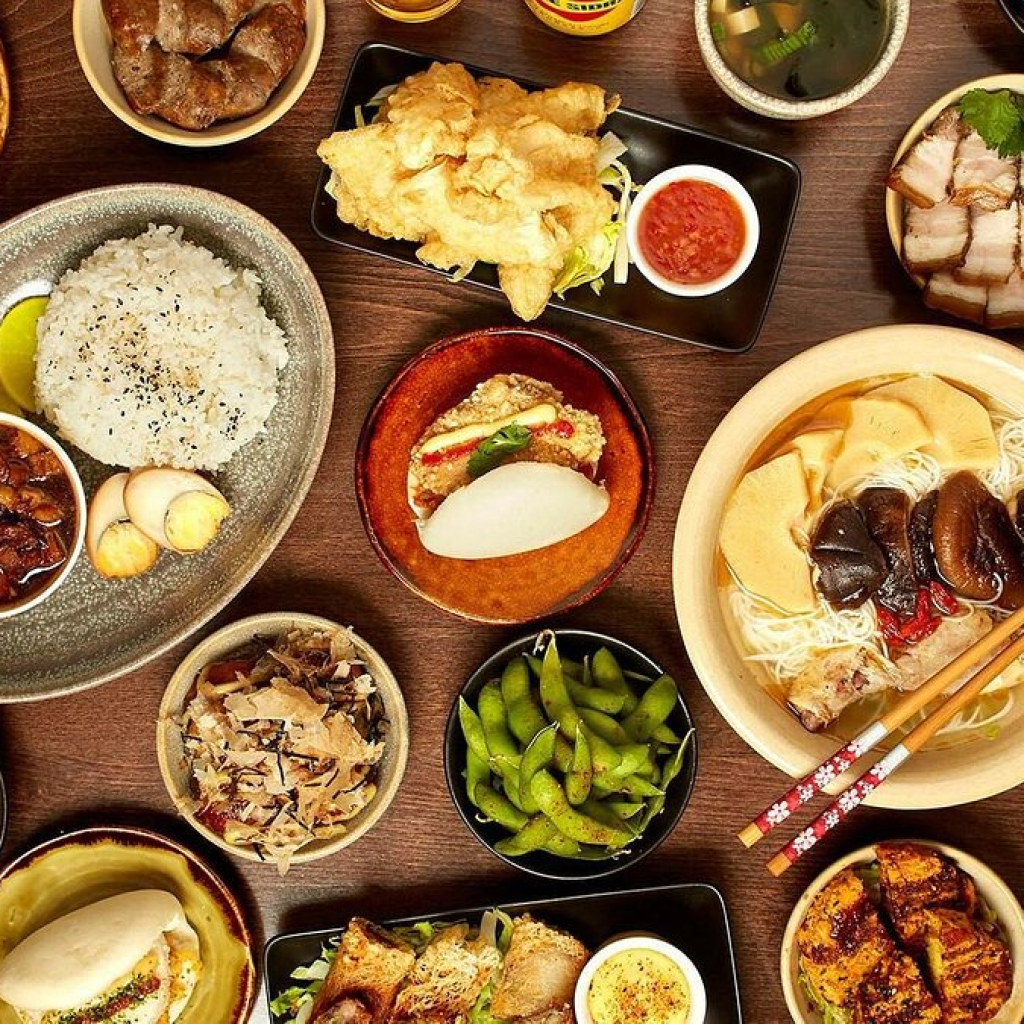Traveling is more than just sightseeing; it’s about experiencing, learning, and connecting with cultures on a deeper level. Cultural immersion journeys allow travelers to go beyond the surface and truly understand the essence of a destination. Whether it’s living with a local family, participating in age-old traditions, or mastering indigenous crafts, these experiences create lasting memories and meaningful connections.
Living with Locals: A Window into Authenticity

One of the most enriching ways to experience a new culture is by living with a local family. Homestays offer a unique opportunity to be part of daily life, from sharing meals to engaging in household routines. Imagine waking up to the aroma of homemade chai in an Indian village or sharing a traditional kimchi-making session in South Korea. These moments foster genuine bonds and provide insight into the values and customs of a community.
Platforms like Workaway and WWOOF connect travelers with host families, offering an exchange of skills for accommodation. These experiences not only make travel more affordable but also ensure a truly immersive adventure.
Attending Cultural Festivals: A Celebration of Heritage

Festivals are a vibrant representation of a culture’s history, beliefs, and community spirit. From India’s Holi festival, where people joyously throw colors at each other, to Japan’s Gion Matsuri, featuring grand parades and centuries-old rituals, these events bring travelers closer to local traditions.
For a deeper experience, consider volunteering at a festival or joining local workshops. For instance, at the Day of the Dead celebrations in Mexico, travelers can participate in altar-making and traditional face-painting ceremonies. These firsthand experiences offer an authentic understanding of the customs that define a culture.
Learning Traditional Crafts: The Art of Connection

Handicrafts tell stories of history, skills, and creativity passed down through generations. Engaging in a hands-on workshop not only supports local artisans but also allows travelers to bring home more than just souvenirs—skills and appreciation for traditional craftsmanship.
In Morocco, travelers can learn the intricate art of zellige tile-making. In Peru, Quechua weavers teach the ancient techniques of textile dyeing and loom weaving. Meanwhile, in Bali, woodcarving workshops introduce the delicate precision required to create spiritual sculptures. These immersive activities enrich the travel experience and contribute to cultural preservation.
Cooking with Locals: A Taste of Tradition

Food is a universal language that connects people across borders. Taking a cooking class or sharing a meal with locals provides a direct link to a culture’s heart. Thai cooking schools in Chiang Mai, pasta-making lessons in Italy, or learning the secrets of Ethiopian injera from a home cook all create an intimate and delicious form of cultural exchange.
Websites like Eatwith and BonAppetour help travelers find authentic dining experiences with locals worldwide. Whether it’s a street food tour or a farm-to-table experience, culinary immersion adds a flavorful touch to any journey.
Sustainable and Responsible Travel

Cultural immersion should always be approached with respect and responsibility. Supporting ethical tourism initiatives, engaging in fair trade experiences, and being mindful of cultural sensitivities ensure that our travels leave a positive impact on the communities we visit.
For more inspiration on discovering hidden cultural treasures, check out our blog on Hidden Gems: Best Destinations.
Additionally, organizations like National Geographic Expeditions and Global Exchange offer sustainable cultural immersion programs that emphasize conservation and responsible tourism.
Final Thoughts
Cultural immersion journeys transform the way we travel. They shift the focus from mere sightseeing to meaningful engagement with the world. By stepping into the daily lives of locals, participating in traditions, and learning new skills, we become not just tourists, but storytellers of global experiences.
So, where will your next cultural immersion journey take you?


0 Comment